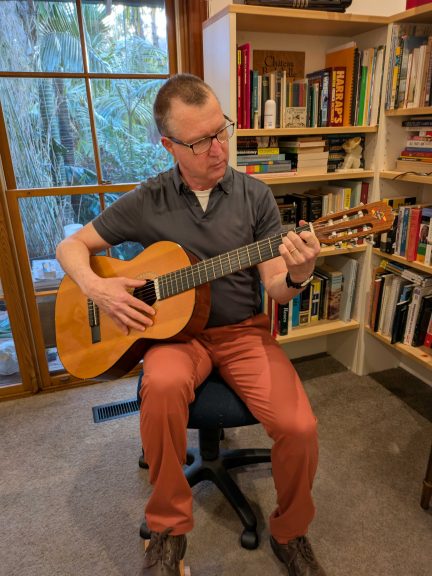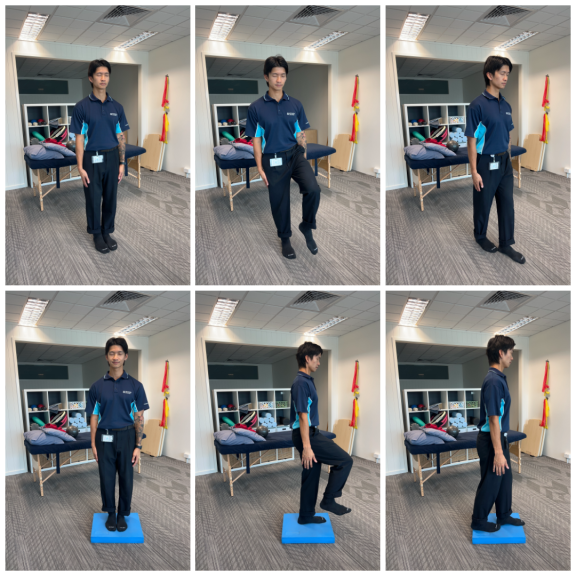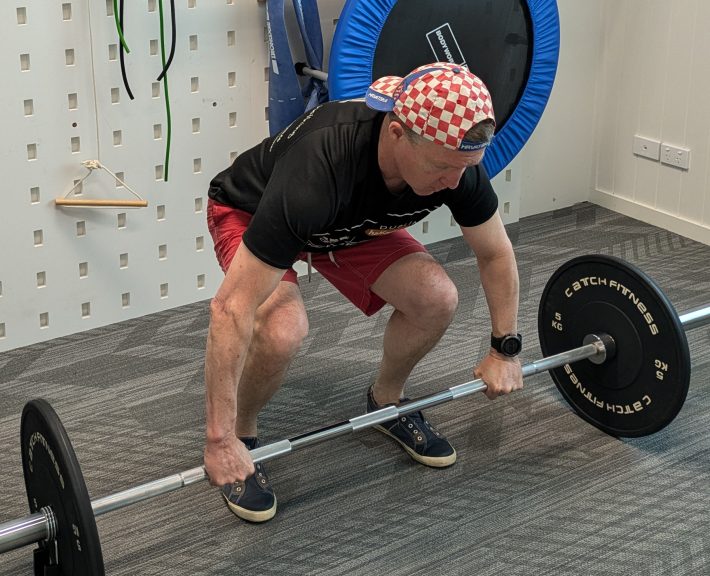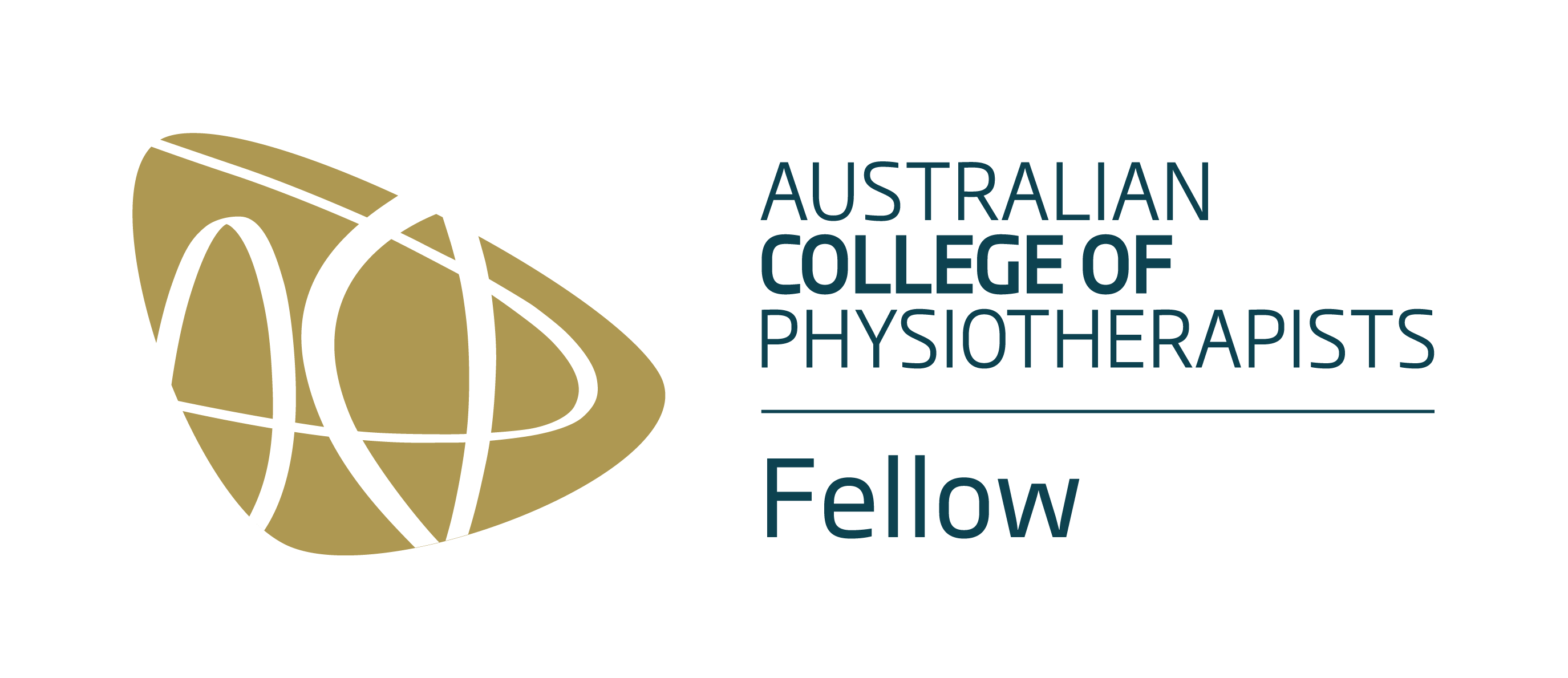Have you ever tapped out the kilometers and wondered, what am I really doing to my joints? If so, this is an important article that will make a world of difference in your confidence and how you enjoy exercise that is good for bones, ligaments, heart, tendons, and joints.
The knee joint has been well studied. The repetitive loading of the knee joint in running compresses the cartilage, but contrary to popular belief, that is a good thing! With rest the cartilage expands again within half an hour of exercise.
Previously, rehabilitation concepts have been hamstrung by the belief that hyaline cartilage (the cartilage that lines your hip, knee and ankle joints), did not tolerate compression. It has no blood supply and therefore cannot tolerate the loading of running which would easily exceed the joint’s tolerance, and the shock would lead to joint disease later in life.
In actual fact, the joint cartilage is like a lung. It “exhales” fluid when loaded. The compression pushes the cartilage fluid into the synovial (liquid) joint space and when the knee joint rests after running it “inhales” the synovial fluid anew which has had the chance to be reloaded with healthy proteins call glucoaminoglycans - the building blocks of health hyaline joint cartilage, but hey lets call these guys GAG for short.
So if you run, these are the benefits!
- Cyclical weight bearing loading is good to maintain knee joint cartilage health.
- A mere 90” of running has an impact on strengthening bone. Good to know if you have need to recovery from a stress fracture.
- ‘Runner’s high’ occurs, the happy hormones or endorphins with exercise kick in.
- You also build conditioning and strength of tendon, ligament, and muscle.
- It simply makes sense, exercise builds your musculoskeletal conditioning to experience life upright to its full.

What about osteoarthritis? I have this and I reckon I should not run.
Running is not linked to increased uptake of either joint replacement or frequency of osteoarthritis. There are fewer research papers on this topic but now with baseline information above, this space is expanding. What we know is that running is good for a knee joint that has osteoarthritis but you need to monitor your knee joints response. There is not enough hip data yet but the trend is encouraging.
One study looking at the impact of force on cartilage in the knee joint, found that there is a likely threshold of force upon our cartilage before changes start to occur, like wear and tear degeneration. An activity like running was shown to be very unlikely to reach the force output required to disrupt normal cartilage function in the knee, and is therefore safe for those who run. What this can tell us is that running should not further impede the cartilage on your knee if performed safely and guided by a health practitioner. (1)
What is also interesting is that studies have also compared knee and hip OA in more sedentary people to recreational runners. What was interesting was that sedentary individuals had higher rates of knee and hip OA compared to those that ran recreationally. There does appear to be a link between the right load of running and having better functioning knees. (2)
At Peak MSK Physio, we help our patients run with OA by educating them on the following:
- Monitor swelling, we teach you how to check for minor swelling.
- Don’t run with a limp. if you have started to limp because of some other injury, sort that first. Running with poor technique can lead to other areas starting to hurt and feel sore also.
- Keep the duration of running shorter but run more often in the week.
- Build your run slowly and perhaps a longer interval between runs. Evidence suggests that longer intervals between runs for OA patients has shown benefit for those who choose to repeat a run later in the week. Remember it is you versus you.
- Go flat first then add speed or incline but don’t combine all of these at once.
We encourage those considering this to tap into the expertise of our clinic to help guide your journey.
This is the same message that current research into rehabilitation of knee and hip osteoarthritis is saying. Exercise is the best form of cure for knee and hip osteoarthritis, reducing pain, disability and improving function. For some that means delaying (permanently) the need for joint replacement. We use the same principles for our GLA:D Program for the treatment of hip and knee OA.
Getting the right advice at the clinic can lead you to better success, less pain and more enjoyment of running.
What is involved, do I just run? Well does a golfer just swing to train? Even formula 1 drivers work out!
What worked for Forrest Gump was fiction, sadly. We have alternatives:
- Strength
- Running drills
- Neuromuscular exercises
- Programmed increased running load in speed, time, incline, and footwears if desired.
Each of these components will need to be specific to the individual. What might be good for one runner, might not suit another. Tailoring programs to meet the needs of what YOU want, is where health experts like a physio can come in handy. Providing strength and neuromuscular exercises is something we offer to patients who suffer from osteoarthritis at our clinic through the GLA:D program, which you can read more about here.
But in the end, It all comes back to what your goals are. Some want to run for the fun of it to feel good, and others have a more specific goal in mind, like wanting to do community runs of over 10km. What is clear, is that different goals will require different training to have you best prepared. This is where a trained health clinician can help you.
Getting the right advice at the clinic can lead you to better success, less pain and more enjoyment of running.
What about shoes Versus bare feet?
Running in bare feet or minimal footwear will build up the foot sole muscles as well as those of the ankle and leg. But if you are new to this, sort out a plan for your run first, get comfortable and then take the step ‘out or down’ so to speak. We recommend going for short bursts in minimal footwear or bare feet then build up gradually.
If you are looking for running in shoes the key points are:
- not too thick a sole, it actually loads the knee joint more as (it seems) your muscles are shielded from providing that joint support.
- low drop.
- moderate flexibility but not too much.
What’s interesting is that some studies have shown that shoes that are thought of as more “supportive” due to their “cushioning” have the potential to load the knee joint more. There is a theory that more flat soled shoes initiate a muscle and brain reflex that minimizes joint impact and load, as it is more akin to barefoot running. So while you might think a thick and stiff shoe is going to provide your knees with more support, it could be what is holding you back. (3)
What about hips?
Most research has been on knees as that has been the injury most seen and reported by the running population, so the simple answer is we don’t know. However we do know that repetitive loading and building strength in the muscles encircling the hip is very effective at controlling and limiting osteoarthritis in the hip. This means in our clinical perspective, proceed to run, but let us help you.
What about footwear for kids?
Very hard to find shoes that can suit them to build up their feet. Our simple recommendation (especially when sizes change in as little as 6 months) that a pair of $12 sneakers from one of the large surface budget stores that start with a K or a T, will healthily fill the bill for this.
OK when do I start, what do I do now?
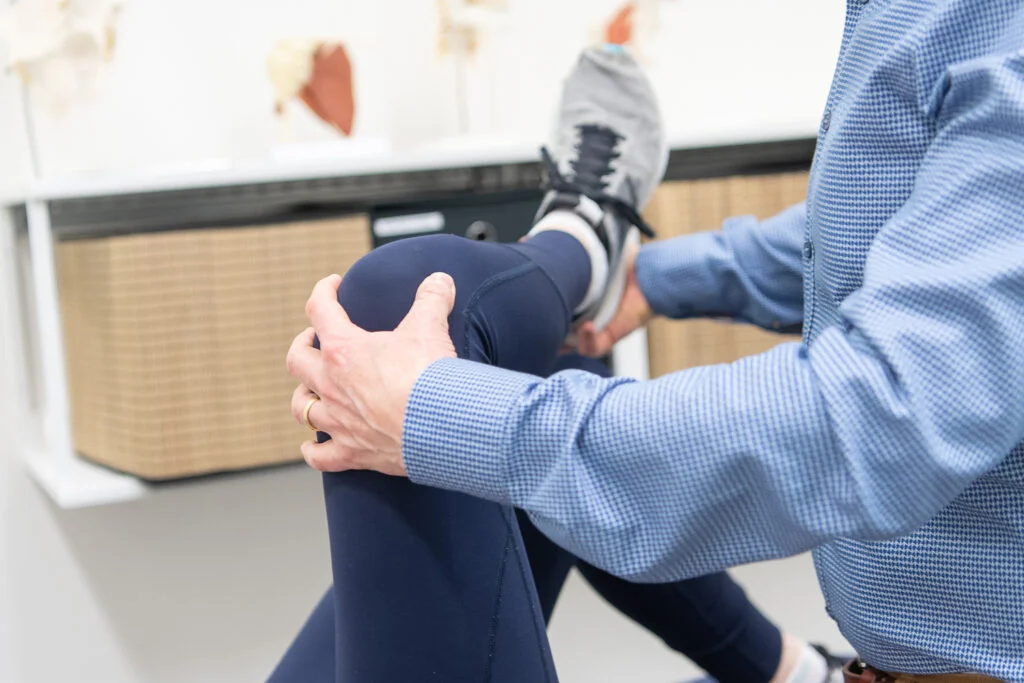
You could be ready to start now. What you need is to get an informed clinical opinion from us. We can evaluate, screen and can give you a programme to start building your very own runners high, even if you do have osteoarthritis in the knee. At Peak MSK Physio, we will consider your goals, lifestyle and needs to give you the running outcome you want. Whether you want to run around with your kids, run around the block or run that 10km you thought you never would, we are here to help you.










